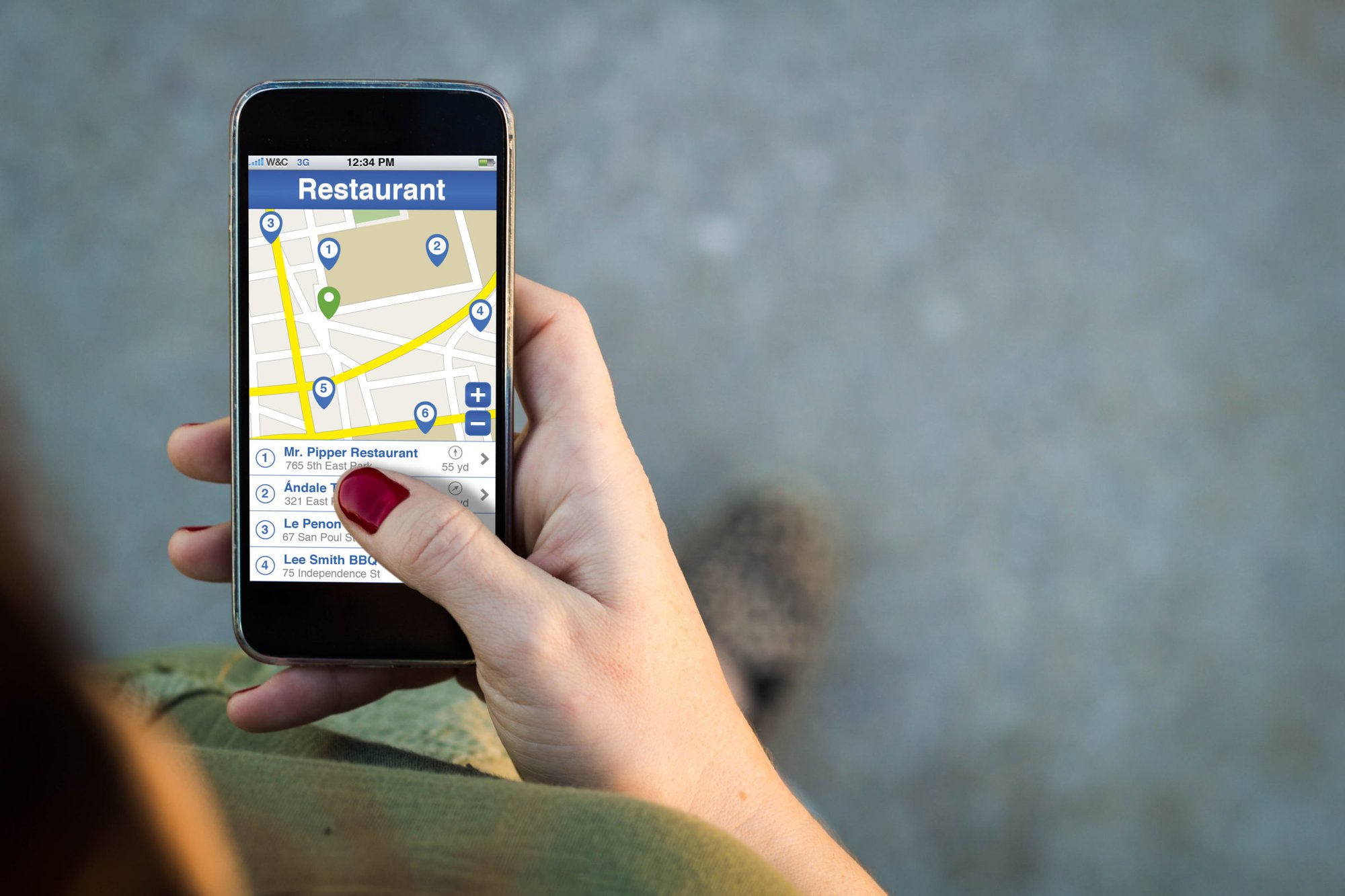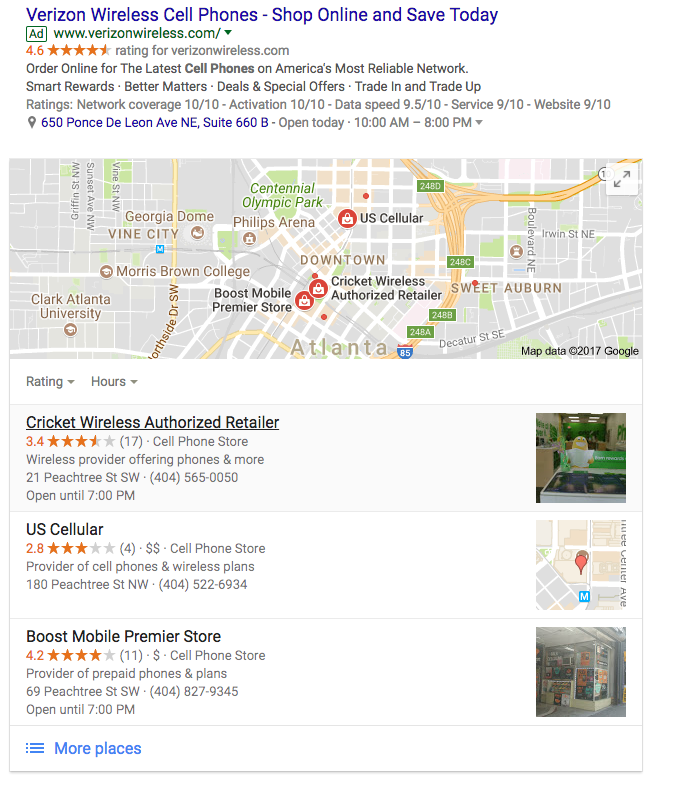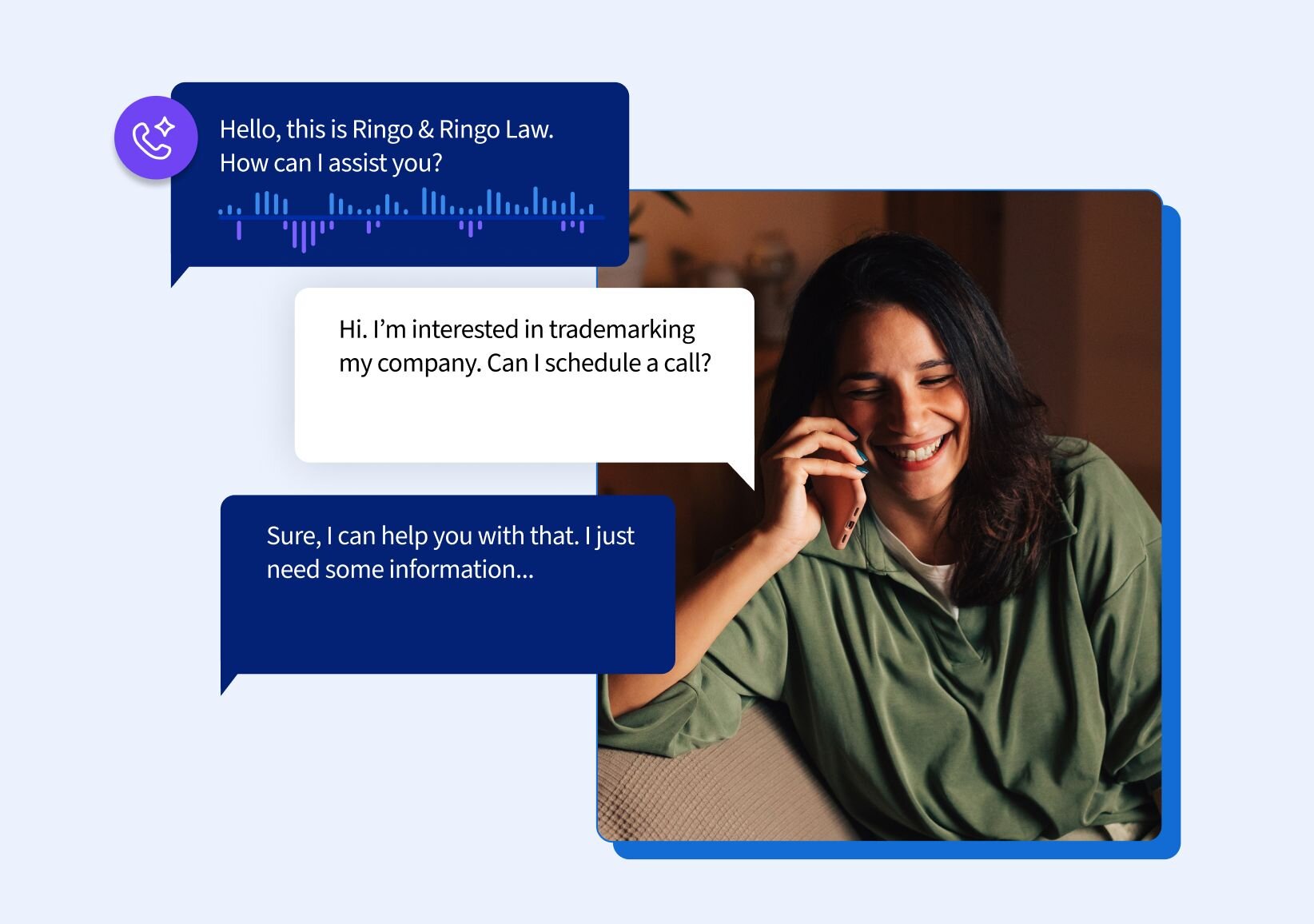Changes to layout of Google search results point to growing clout of AI & mobile
Google recently made some significant alterations to how they serve up search results and index pages, which point to shifting priorities that digital and SEO marketers would be wise to consider. Namely, a de-prioritization of organic search results and an increasing emphasis on Google Ads (formerly AdWords) and paid clicks.
The Google search engine’s dominance in the world of online marketing means that these changes may already be having a direct impact on both your current and long-term advertising plans. Savvy digital marketers should also pay special heed in light of recent advancements in AI and voice-assisted-search, which point to the growing influence of mobile devices and companion technology like Siri and Alexa.
Let’s take a look at some of these developments, and explore what they mean for marketers in 2017 and beyond.
Google is shifting towards paid placements, away from organic results
Over the past 18 months, Google has made some dramatic changes to how organic search results are served, illustrating several big shifts in the industry to which digital marketers should pay close attention.
In February 2016, Google started placing four ads at the top of all commercial-intent searches pushing organic results further down the page. In addition, Google is also now placing ads in the ‘Local 3-Pack’ of organic listings for commercial-intent searches, and has optimized the 3-Pack layout for viewing on mobile devices, as seen below:
This is no doubt a welcome development for digital marketers — any business can now buy placement in the 3-Pack, and the mobile-minded layout ensures that paid listings always appear ‘above the fold.’ However, it remains to be seen whether searchers and consumers will embrace this change to the 3-Pack, which has traditionally been considered one of the most reliable ways to find high-quality local businesses.
Marketers are already seeing big changes from these tweaks: According to research by SearchMetrics published in October 2016, the average number of organic Google results on a page has dropped from 10 in 2015, to around 8.5 today.
Taken together, Google’s shift to mobile-first design and the tweaks to their results layout indicates the company is reducing the presence and impact of organic results for commercial-intent searches, clearly favoring paid listings and Google Ads placements over their organic counterparts. Google wants to sell more paid clickthroughs, but we’ll need to consider some other big changes to the digital marketing space to get a sense of their full implications. Which brings us to…
Mobile takes center stage in search
The SEO times, they are a-changin: While desktop is still the chief area of focus for most digital marketers (and rightfully so), it’s become clear that the industry is transitioning to a mobile-first ecosystem.
In November of 2016, StatCounter published a study revealing that mobile internet usage has surpassed desktop for the first time. Mobile is expected to continue to outstrip desktop for the foreseeable future. In what is surely no coincidence, Google announced around the same time last fall that they’re moving to a mobile-first search index.
This last change is particularly significant — the long-and-short of a mobile-first index is that sites which maintain mobile-specific (and mobile-responsive) versions are always going to have an edge in search rankings over sites that are desktop-only. It will likely make only a slight difference at first, but if your business has the bandwidth to create a mobile and responsive version of your site you’ll be wise to seize on this advantage as soon as you can.
Whether they’re searching for a service or just hoping to answer a simple question, more and more people are reaching for their mobile device rather than cracking open their laptop or booting up their desktop. In short, mobile is the future, and it’s here to stay.
The rise of personal assistant and voice search tech
As CallRail’s own Director of Demand Generation Mark Sullivan pointed out in his recent editorial for Street Fight Magazine, tablets, smartphones, and ‘smart’ home devices like Amazon’s Echo and Google’s Nest are at the forefront of disruptions to both traditional and digital marketing.
Of particular importance is the steadily increasing adoption of tech designed specifically for mobile and smart devices, such as voice search and ‘personal assistants’ like Siri or Cortana. This is borne out by several eye-popping statistics, like how nearly 60 percent of respondents surveyed by Stone Temple Consulting regularly use voice commands to conduct online searches.
Indeed, voice search is growing exponentially in use. And device manufacturers, eager to meet this demand, have estimated that 33 million voice-first devices (like the Echo and Nest) will be sold by the end of 2017. Personal assistant apps like Siri and Cortana are also more popular than ever, and consumers say they’re hungry for digital assistants who can go beyond simply serving up search results and directly answer questions in a conversational manner.
When we take a broad view of this alongside the market trends we’ve discussed in this piece, we can clearly see where we’re headed. Consumers are moving away from traditional search engines (and their emphasis on organic), and embracing devices that leverage AI and machine learning to deliver highly personalized results with minimal user input. In response, Google is designing its search experience with mobile layouts in mind and is making sure that ads have prominent placement on the precious little screen real estate available on smaller devices.
For digital search, the writing’s on the wall: In the near future, the device itself (and the technology that controls it) will become the key variable in how a search plays out, and whether a query converts into a sale.
Call tracking can illuminate the path forward
One of the great ironies of these leaps forward in tech is how they’re driving customers back to a marketing channel that’s decidedly humble and (relatively) low-tech: The phone call.
Though landlines are on their way out in US households, consumers are still making more phone calls than ever before — the device itself is what has changed, with homes increasingly opting for one or more mobile phones in place of a traditional landline. As federal researchers with the U.S. CDC reported in early 2017, a majority of American households now have no landline and only use cellphones.
Prospective customers are now conducting web searches (and maybe even a voice search or two) on the same device they’re using to make a call. This means that having a robust call tracking system in place will provide solid, measurable benefits to any business that takes phone calls from leads and clients. In an increasingly mobile-centric world, call tracking can help you unlock the true revenue potential of your sales and customer service lines.
Besides capturing the marketing channel that drove a call, analytics technology like Visitor Tracking can also tell you what keywords they searched for, along with their web history of previously visited sites. Even better, a call tracking vendor with a seamless Google Ads Click-to-Call integration can provide full attribution for those paid placements that Google has made so much more prominent over the last year and a half.
It will pay dividends to stay ahead of these trends around mobile and AI, which are set to shake up online marketing just as surely as digital did for traditional channels. With a little planning and foresight, your business will be poised to reap the same success as the early adopters who blazed the trail for digital marketers everywhere.












